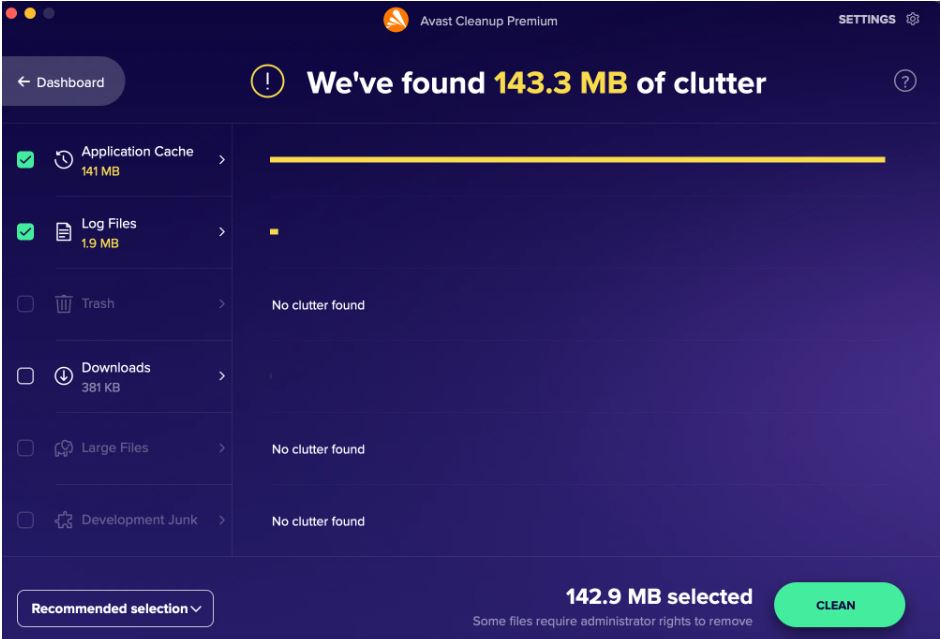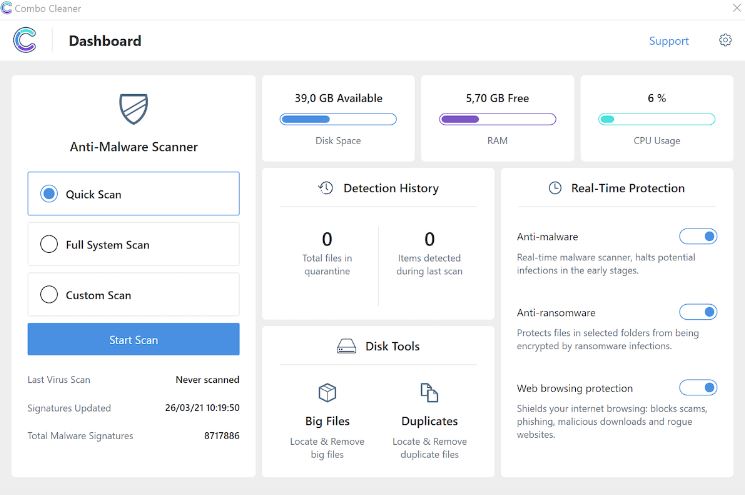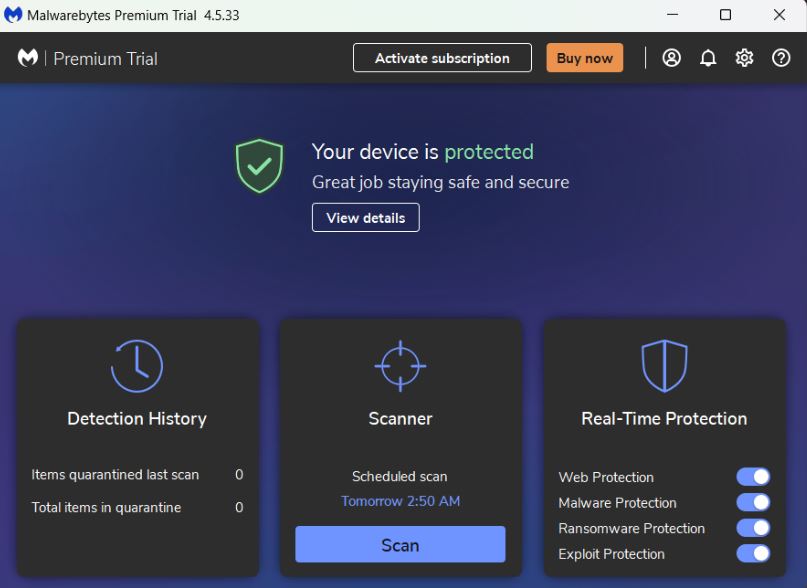Ransomware attacks have escalated in frequency and severity, reaching alarming levels with the introduction of the 2023Lock Ransomware. This insidious malware encrypts files, holding them hostage until a ransom is paid, posing significant threats to individuals and businesses alike.
In this comprehensive guide, we will delve into the intricate details of the 2023Lock Ransomware, its modus operandi, signs of infection, associated risks, removal methods, and strategies for file recovery.
By understanding the semantic entities of this cyber threat, individuals and organizations can fortify their defences and respond effectively.
Understanding 2023Lock Ransomware: A Stealthy Invader
The 2023Lock Ransomware employs various entry points, commonly leveraging phishing emails or exploiting software vulnerabilities to swiftly infiltrate systems. Once inside, it rapidly encrypts files, rendering them inaccessible to the user.

This malware’s sophistication lies in its ability to obscure its presence and demand a ransom for the decryption key. Recognizing the semantic intricacies of 2023Lock Ransomware is crucial for devising effective countermeasures.
Signs of 2023Lock Ransomware Infection
Identification of the symptoms of a 2023Lock Ransomware attack is paramount for swift and precise action.
The signs include sudden encryption of files with unfamiliar extensions, the appearance of ransom notes demanding payment, unexplained changes in file names or contents, sluggish system performance or frequent crashes, disappearance of files or folders, inability to access certain files despite proper permissions, and unusual network activity such as increased data transfer to unknown destinations.
Risks Associated with 2023Lock Ransomware: Unpacking the Consequences
The operational, financial, and reputational risks associated with 2023Lock Ransomware are profound.
- Data Loss: The ransomware encrypts files tightly, making them unreadable without the decryption key. Without proper backups, irreversible data loss may occur, impacting personal files, company records, and sensitive documents.
- Financial Loss: Ransom demands vary, ranging from a few hundred to thousands of dollars. Paying the ransom offers no guarantee of data recovery, potentially leaving victims in a financial bind with no straightforward solution.
- Operational Disruption: Once 2023Lock Ransomware infiltrates a system, it can disrupt business operations significantly. Periods of inactivity, sharp declines in productivity, and missed deadlines become commonplace. Accessing vital information and systems becomes extremely difficult, affecting income streams, customer support, and overall company operations.
- Security Breaches: Ransomware attacks serve as precursors to more severe security breaches. Before encrypting files, hackers may exploit sensitive information, leaving victims susceptible to identity theft and data theft.
Methods for Removing 2023Lock Ransomware: A Tactical Approach
Effective removal of 2023Lock Ransomware requires a combination of manual and automated techniques.
Manual Removal Techniques:
- Safe Mode Boot:
- Restart the infected system and access the Advanced Boot Options menu by pressing the appropriate key (usually F8 or Shift + F8) during startup.
- Choose the “Safe Mode” option and navigate to the Task Manager.
- Task Manager and Registry Editor:
- Launch Task Manager (Ctrl + Shift + Esc) and terminate suspicious processes related to 2023Lock Ransomware.
- Open Registry Editor (type “regedit” in the Windows search bar) and delete entries related to 2023Lock Ransomware with caution.
Automated Removal:
Utilize reputable antivirus software such as Avast, Combo Cleaner, or Malwarebytes for thorough scanning and removal.
- Avast:

- Visit the official Avast website, download the latest version of Avast Free Antivirus, and install it on your PC.
- Open Avast, navigate to the “Scan” tab and initiate a system scan.
- Review the list of detected threats and quarantine or delete files associated with 2023Lock Ransomware.
- Combo Cleaner:

- Download Combo Cleaner from the official website, follow the installation instructions and start a comprehensive scan.
- Review the list of detected threats and remove files associated with 2023Lock Ransomware.
- Malwarebytes:

- Download Malwarebytes from the official website, install it, and launch the program.
- Select the “Scan” tab, start a scan, and review the list of detected threats. Quarantine or delete files associated with 2023Lock Ransomware.
Using Decryptor Tools: A Ray of Hope for File Recovery
If you have fallen victim to 2023Lock Ransomware, decryptor tools offer a potential lifeline. Understanding the encryption mechanism used by the ransomware is crucial before attempting recovery. Follow these steps:
Research and Download Decryptor Tools:
- Identify Reputable Sources:
- Identify reputable sources of decryptor tools specifically designed for 2023Lock Ransomware.
- Look for tools developed by cybersecurity companies known for their expertise in combating ransomware threats.
- Check for Official Websites:
- Visit the official websites of cybersecurity firms such as Emsisoft, Kaspersky Lab, Avast, and Bitdefender.
- Navigate to the “Decryptor Tools” section to browse available tools and download the one suitable for 2023Lock Ransomware.
- Download and Install:
- Download the decryptor tool from the official website and follow the on-screen instructions for installation.
- Launch the decryptor utility, select the files for decryption, and initiate the process.
Post-Removal Instructions: Fortifying Your Defenses
Ensuring ongoing security post-2023Lock Ransomware removal involves a series of proactive measures:
- Keep Software Updated:
- Ensure installed applications and the operating system have the most recent security patches and upgrades.
- Activate Firewall Protection:
- Configure your firewall to monitor and manage incoming and outgoing network traffic, preventing unauthorized access.
- Install Reliable Antivirus Software:
- Choose reputable antivirus or anti-malware software from reliable providers, offering continuous defence against malware threats, including ransomware.
- Establish Backup Procedures:
- Implement frequent backup procedures to store copies of critical data on cloud storage services or external devices.
- Stay Informed and Educated:
- Keep abreast of the latest cybersecurity threats by subscribing to reliable news sites and advisories.
- Consult IT Experts:
- Consider consulting IT consultants or cybersecurity experts for a comprehensive evaluation of your system’s security posture.
Conclusion
In conclusion, this detailed removal guide aims to equip individuals and organizations with the knowledge and tools needed to eradicate the 2023Lock Ransomware threat.
Ransomware, including 2023Lock, often masquerades as legitimate content, spreading through various channels such as drive-by downloads, online scams, spam emails, and fake updates. To fortify data and systems against the detrimental effects of ransomware

It’s me Mosaab, the founder and leading author of MalwareYeti.com. Over the years, I have gained a lot of experience when it comes down to building or fixing computers. Throughout my journey, I’ve built gaming PCs, fixed irritating Windows errors, and removed sticky malware/viruses that have affected machines. You can learn more about me on our About us page.

